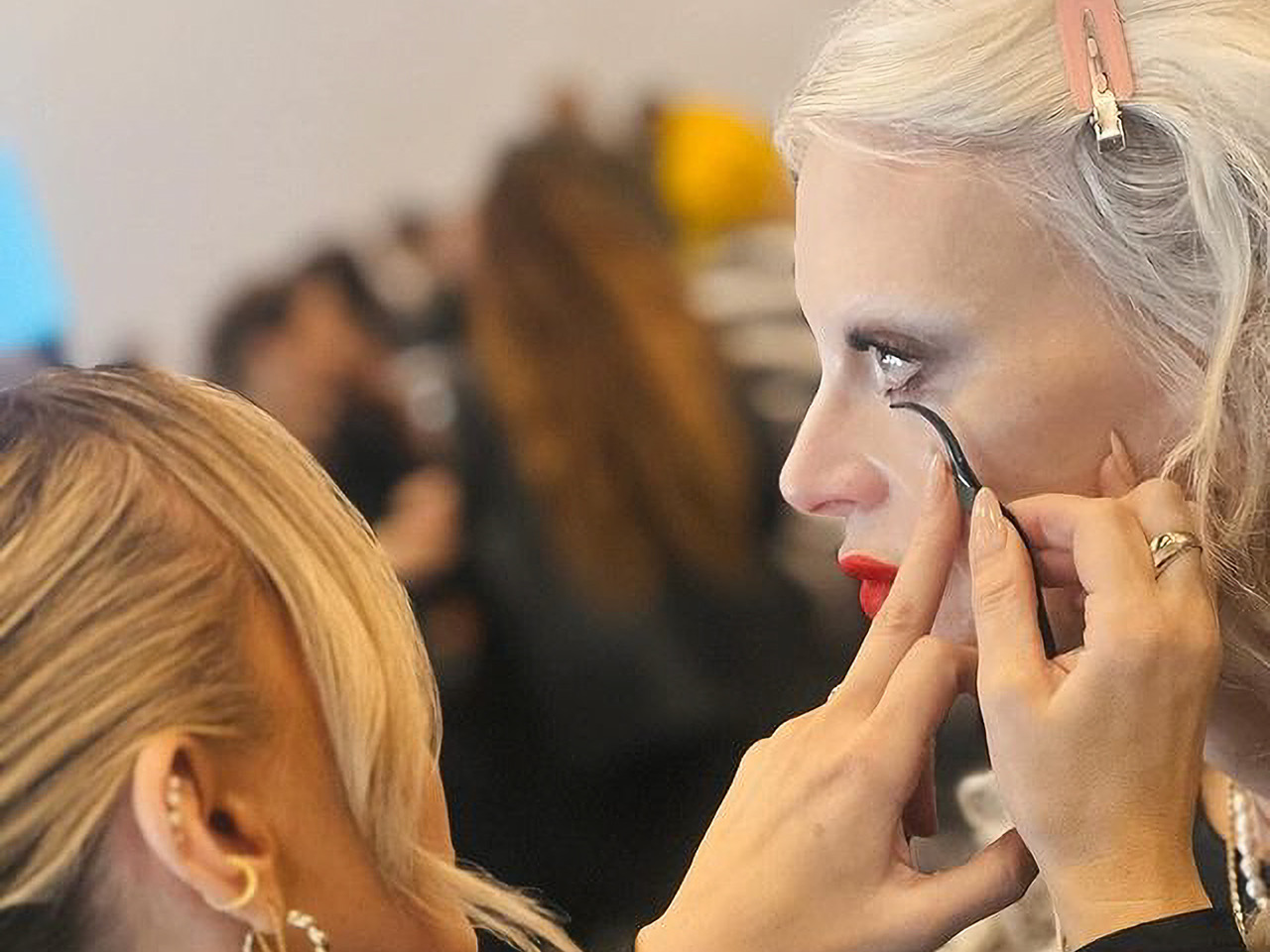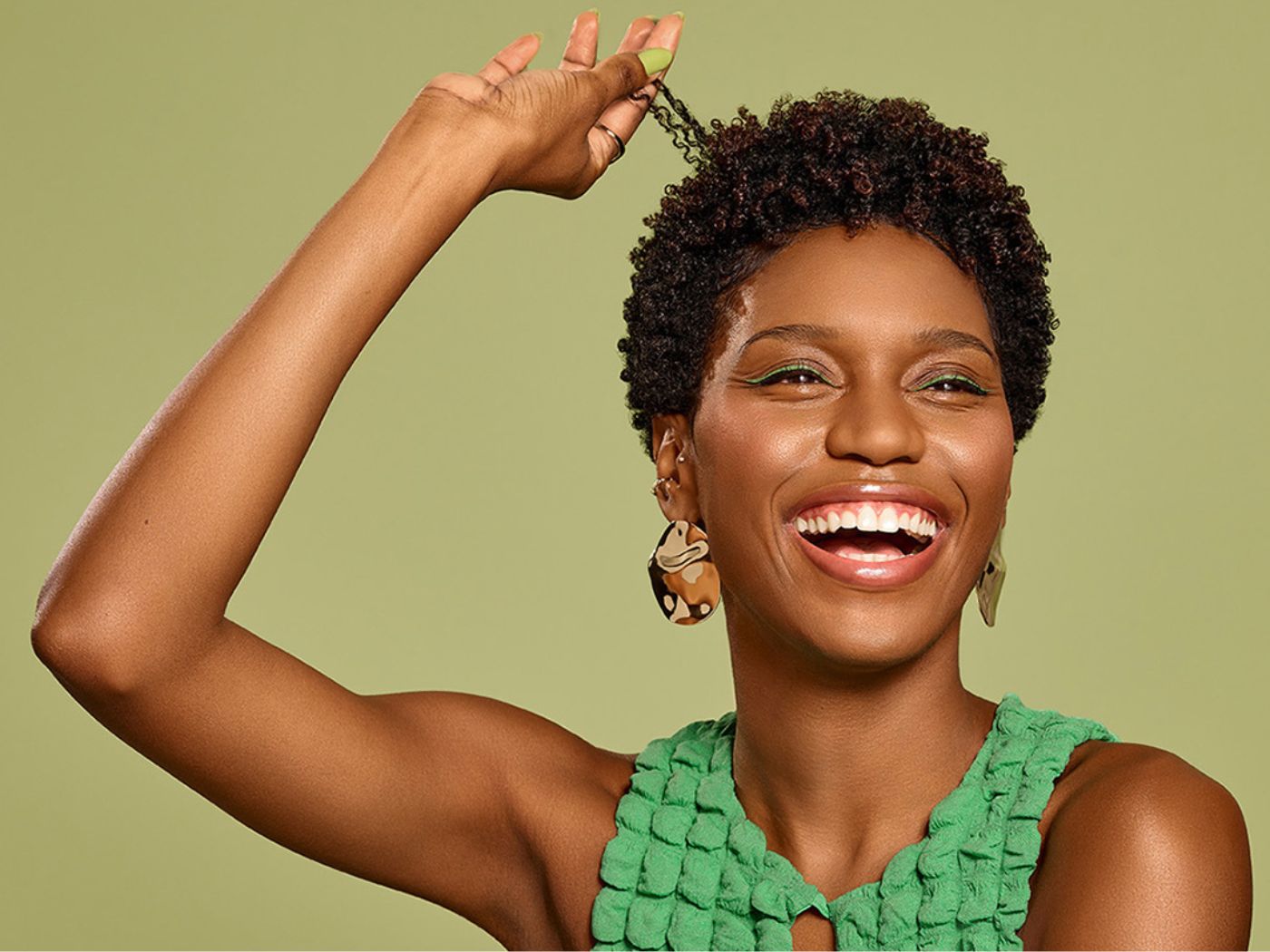The Global Wellness Summit (GWS) has released its annual “Future of Wellness” report, the longest-running, most in-depth, truly global forecast of the newest directions in wellness. This year’s trends reflect a radical change in consumer values, most notably a rejection of self-obsessed wellness to demand for science and solutions that work. In other words, science is king, with the industry moving beyond muddy claims to lab-tested, scientist-created biotech beauty. “Cast your mind back to 2019, the highwater mark of the hyper-consumerist, product-flooded wellness market, with so much evidence-challenged trends-a-minute,” says Susie Ellis, GWS Chair and CEO. “This report is proof that the wellness market of just three years ago suddenly feels archaic. Wellness in 2023 (and beyond) will be more serious and science-backed, but also more social and sensory.”
Global Wellness Trends 2023 Summaries
Wellness + Gathering: Wellness Comes for the Loneliness Epidemic
Loneliness is skyrocketing, writes Beth McGroarty in this year’s report, noting that the leading predictor of health and happiness is relationships. But somehow, the recent uber-capitalist wellness market has led to lonely journeys of self-care. The future of wellness? Beth’s report says that a move from lonely to social self-care, from buying to belonging, from URL to IRL, from ego to empathy, from Goop to group is the new way to wellness.
Wellness + Travel: From Global Smorgasbord to Hyper-Indigenous
Wellness and wellness tourism have long resembled Disney’s “It’s a Small World,” writes Elaine Glusac. But yoga, born in India, is ubiquitous worldwide; ayahuasca retreats have departed their Amazonian homelands; Hawaiian Lomi Lomi massages are available in Dubai. Indigenous travel and going-to-the-cultural-source for wellness is GWS’ travel trend for 2023, Elaine reports.
Wellness + Workplace: Workplace Wellness Finally Starts to Mean Something
From protected time off to finally acknowledging women’s health needs, employee wellness is getting a much-needed rethink, reports Skyler Hubler and Cecelia Girr. Worldwide, 70% of knowledge workers have experienced burnout in the past year, and a recent global study found that 38% of workers hate their jobs so much that they wouldn’t wish it on their worst enemy. In this trend, Skyler and Cecelia explore how superficial wellness at work schemes are being replaced with more meaningful solutions.
Wellness + Beauty: From “Clean” to Biotech Beauty
As the aftermath of the Covid-19 pandemic subsides, one thing has become clear: science is king. In the world of beauty, the shift towards data-backed products has never been more evident, reports Jessica Smith. The conversation around clean beauty has shifted to a desire for lab-tested, science-backed and even lab-created products. In this trend, Jessica looks at the evolution from greenwashing and false claims to today’s new — and welcomed — medical, bio-positive, and tech-forward product development, and explore what the future might hold.
Wellness + Cities: Urban Infrastructure Just Might Save Cities
The pandemic served as a wake-up call on just how unwell cities are, sparking a new recognition of the inextricable relationship between the health of the cities and the health of city dwellers, reports Robbie Hammond and Omar Toro-Vaca. Global cities are now at another historical inflection point where they are rebuilding themselves around the wellness needs of their citizens. This trend examines diverse, creative ways that an urban wellness infrastructure — the melding of capital improvements and business opportunities that holistically address social, mental, and physical health — is being embraced all around the world as a solution for accelerating growth, fueling post-pandemic recovery, and cultivating healthier, happier citizens.
Wellness + Weight: The Skinny on Brown Fat and Eliminating Obesity
Harnessing the ability to live longer and younger is among the biggest trends in medicine and wellness today. Michael Roizen, MD, believes a crucial factor in the longevity quest is recognizing that not all fat is created equal, and transforming white/yellow fat into beige/brown fat has the potential to move the needle on one of the greatest health crises—obesity. The reason? Brown fat has increased mitochondrial density and burns lots of calories, while white fat is metabolically inefficient and doesn’t use much energy.
Wellness + Governments: The Case for Coming Together
Wellness policies have been years in the making, but in 2023 and beyond, they will evolve, multiply and strengthen, writes Thierry Malleret. Governments know the crippling economic and societal costs that come when people don’t feel mentally and physically well. And that preventative wellness saves public money because it always costs less than cure.
Wellness + Water: Blue, Hot, and Wild
In 2023, people will jump into the world’s wild waters for some “blue wellness” — an unprecedented global surge in hot springs destinations to wild and cross-country swimming going global, reports Jane Kitchen.
Wellness + Sports: New Business Models for Hospitality
According to Lisa Starr, savvy hospitality brands are responding to demands from wellness-focused clients looking beyond the basement gym, in search of pro-athlete-level equipment, fitness classes, and wellness programming, whenever and wherever they travel. Some hotel brands are even creating facilities that cater to entire amateur or professional sports teams, expanding the function of the hotel and ensuring professional quality for the masses. Businesses that support this trend will become the go-to brands for future generations.
Wellness + Senses: Multisensory Integration
Advances in neuroscience and neuroaesthetics confirm that, when combined, the senses elevate the human experience. Nature is multisensory and it turns out, so are we. In fact, we subconsciously associate many wellness activities with one sense or another… spa is touch, wellness music is sound, chromotherapy is color, healthy food is taste and thermal is temperature. This siloed approach is quickly changing in remarkable ways. Now brands, writes Ari Peralta, are accessing multiple senses simultaneously to better support wellbeing outcomes, amplify wellness experience and influence behavioral change—think using multiple sensory cues, in a harmonious way to deepen meditation.
Wellness + Biohacking: The Wild, Wild West of Biohacking
According to Marc Cohen, MD biohacking is the attempt to control biology and defy disease, decay, and death to become superhuman. The idea is not new: our ancestors were masterful biohackers and developed low-tech hacks such as fasting, isolation, chanting, yoga, martial arts, body temperature manipulations, and traditional medicines to increase their health and wellbeing. However, Marc reports, there is a new trend in biohacking featuring technology that is staggering. Super-technologies such as AI, brain-computer interfaces, sensorless-sensing, CRISPR, xenobotics, nanobotics, probiotics, morphoceuticals, 3D-tissue-printing, cloud-computing, and blockchain technologies change the game.
Wellness + Faith: Having Faith in Business
It’s not surprising that the pandemic led to a resurgence of faith. What is surprising is that the corporate world is embracing it. According to Brian Grim, while diversity, equity and inclusion (DEI) initiatives in workplaces have focused on race, gender, sexual orientation and marginalized populations, one aspect that’s been strikingly left out of the conversation is now emerging: faith. As global workplaces become radically reshaped to address inclusivity, purpose and employee wellbeing, more companies are now tapping into the full identity of their employees by including religion as a full-fledged part of their DEI commitments—encouraging employees to form official (company-sponsored) groups around their faith, just as companies encourage women, people of color, and LGBTQ+ groups to do.
The Global Wellness Summit is an organization that brings together leaders and visionaries to positively shape the future of the $4.4 trillion global wellness economy. The organization’s annual Global Wellness Trends Report offers expert-based predictions on the future of wellness that are oft-quoted in the media. The “Future of Wellness 2023” can be purchased here.




